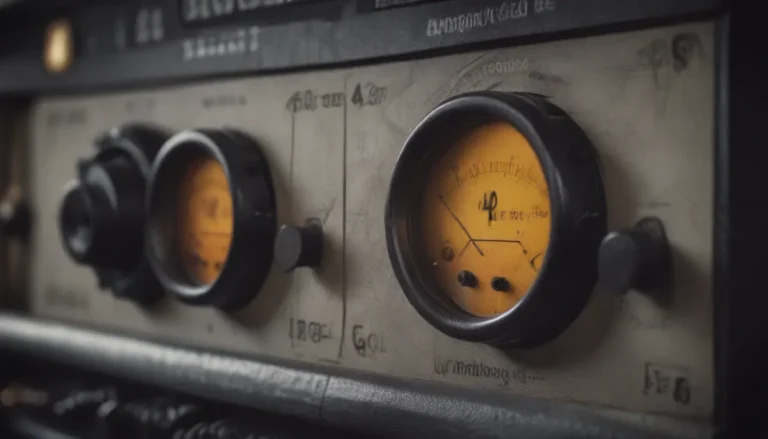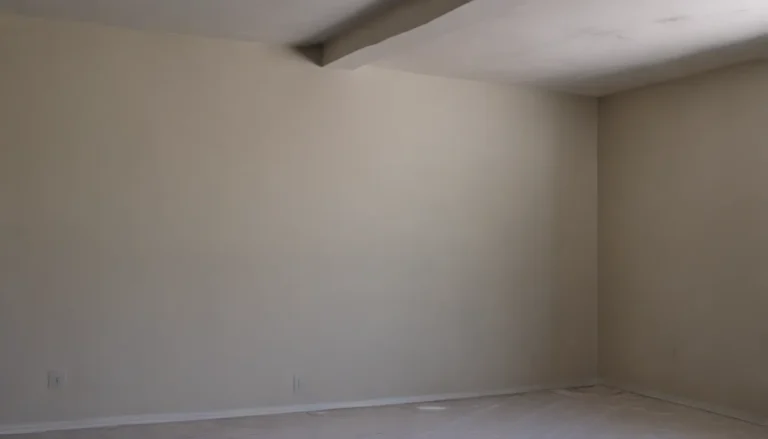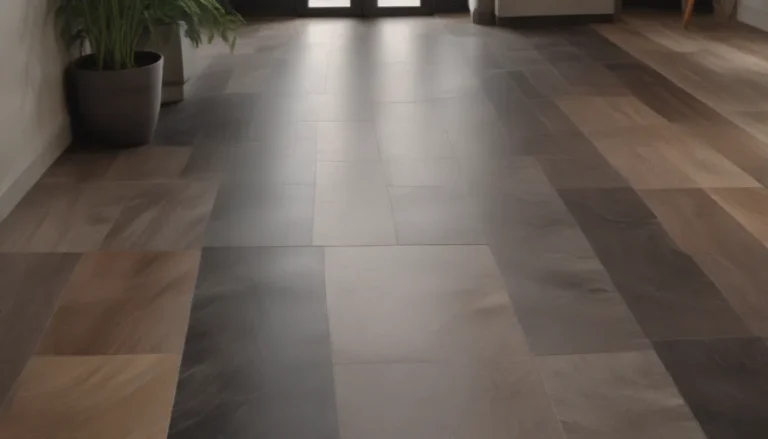Painting in Humidity: What You Need to Know

If you’ve ever tried to paint your house on a humid day, you may have noticed that things didn’t quite go as planned. Humidity can wreak havoc on your paint job, causing streaks, bubbles, and discoloration. But does that mean you have to put your project on hold until the perfect weather conditions roll around? Not necessarily.
In this in-depth guide, we’ll delve into the world of painting in humidity. We’ll explore the best humidity levels for painting, how humidity affects paint drying, the best time of day to paint, and more. So grab your paintbrush and let’s get started!
Can You Paint in Humidity?
Yes, you can paint in humidity, but the level of humidity matters. Ideally, you want to aim for a humidity level in the 40- to 50-percent range for optimal results. Once the humidity creeps up to 70 percent, you may start encountering issues with the paint not curing properly. And at 80- to 85-percent humidity, you’ll likely run into even more challenges.
The Best Humidity Levels For Painting
- Best Humidity: 40- to 50-Percent
-
The sweet spot for exterior painting is typically in the 40- to 50-percent humidity range. This range allows the paint to dry at a moderate rate, preventing brush marks from drying into place.
-
Maximum Humidity: 70-Percent
-
Once the humidity hits 70 percent, the paint may dry more slowly, affecting its ability to cure properly.
-
Worst Humidity: Above 85-Percent and Below 40-Percent
- Painting in humidity levels above 85 percent can result in wet, gummy paint that won’t solidify. On the other hand, painting in humidity levels below 40 percent may not provide enough moisture for the paint to cure effectively.
Measuring Relative Humidity
For the most accurate humidity readings, consider using a sling psychrometer, a tool that measures relative humidity with a 5-percent error range.
How Humidity Slows Paint Drying
When it comes to painting in humidity, the race between water and solvents is crucial. Water in the paint needs to evaporate at a rate that allows the solvents to dry first. If humidity levels are too high, the water may not evaporate quickly enough, leading to problems with paint curing.
According to Mark Knaebe, a chemist at the USDA Forest Products Laboratory, painting in overly humid conditions can result in paint that struggles to cure properly. As a result, the only solution may be to strip away the wet paint and start fresh.
The Best Time of Day to Paint
Choosing the right time of day to paint can make a significant difference in your results. Starting your painting session early in the day, but not too early, can help ensure that the surface is free of moisture from the previous night.
Tip
- Start painting early: Begin painting several hours before the day’s peak temperature, usually in the late afternoon, to give the paint time to dry properly.
The Best Season to Paint Uncoated Wood
When painting uncoated wood surfaces like fences or siding, the best seasons are typically spring or summer. These seasons offer warmer, drier conditions that can help the paint adhere properly to the wood.
For previously coated surfaces, it’s best to wait until late morning or noon when any morning dew has evaporated. Uncoated wood, however, requires additional caution, as it can retain moisture within its cellular structure even if it appears dry on the surface.
Is Interior Painting Affected by Humidity?
Unlike exterior surfaces, interior walls are less likely to be significantly affected by humidity. Indoor spaces can be controlled and conditioned, meaning that humidity levels can be managed to prevent issues with paint curing. With the use of HVAC systems or other heating and cooling devices, interior surfaces are protected from moisture-related problems.
In conclusion, painting in humidity is possible, but it requires careful consideration of factors like humidity levels, timing, and surface preparation. By understanding how humidity affects paint drying and taking the necessary precautions, you can achieve a successful paint job even in less-than-ideal weather conditions. So don’t let a little humidity dampen your painting plans—grab your paintbrush and get to work!





